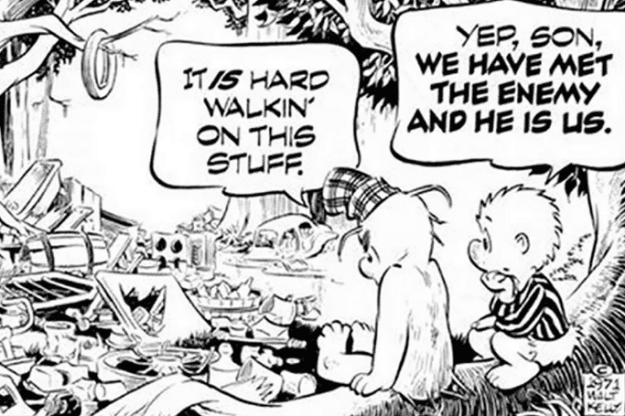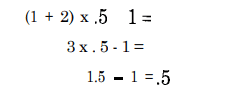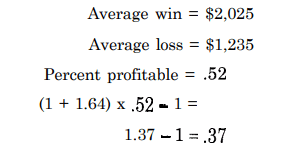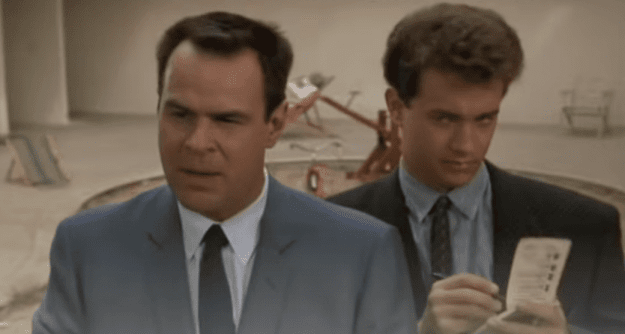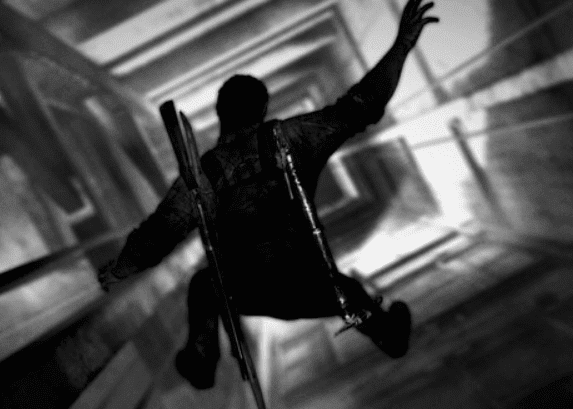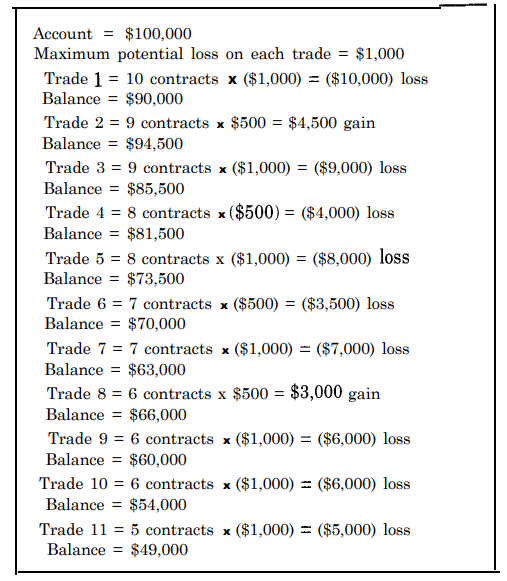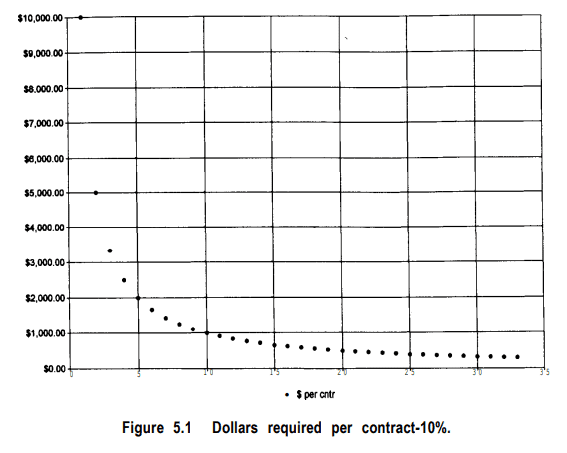Program Trading
Marty calls it ‘Nintendo Vegas’ because it produces 15-20% of daily trading volume on the NYSE.
After the 1987 crash it didn’t take long for greed to cause the players to come back to ‘the casino’.
Money and power always prevail on Wall Street.
Know the trend of the market and wait for these technocrats to drive the market averages deep into your channel lines.
“Lie in wait until these people conduct their mindless malevolence (LOL) and you counterattack with a contrary position, always using a well-disciplined stop loss.”
The great challenge is to continually adjust your skills to ever-changing market conditions.
“I am always intensely searching for patterns, setups, recurring themes, no matter how small, to help further swing the odds in my favour on a given trade.”
Marty calls it ‘Nintendo Vegas’ because it produces 15-20% of daily trading volume on the NYSE.
After the 1987 crash it didn’t take long for greed to cause the players to come back to ‘the casino’.
Money and power always prevail on Wall Street.
Know the trend of the market and wait for these technocrats to drive the market averages deep into your channel lines.
“Lie in wait until these people conduct their mindless malevolence (LOL) and you counterattack with a contrary position, always using a well-disciplined stop loss.”
The great challenge is to continually adjust your skills to ever-changing market conditions.
“I am always intensely searching for patterns, setups, recurring themes, no matter how small, to help further swing the odds in my favour on a given trade.”
